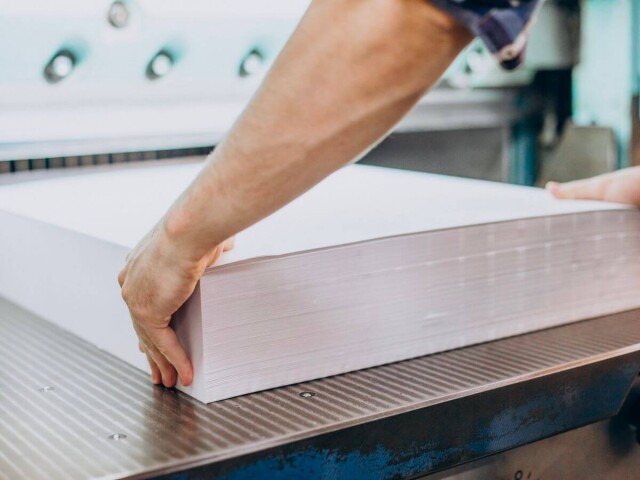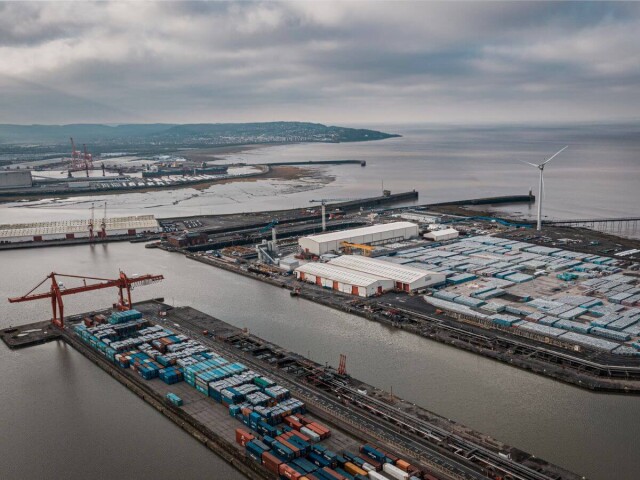Malaysia's economy thrives on the synergy of various industrial sectors, each playing a significant role in the nation's overall progress. These industries collectively contribute to the country's growth, shaping its path towards industrialisation.
Different Types of Industrial Property in Malaysia
There are three main types of industrial activity that contribute to the country's growth: light, medium and heavy industries. All these types of industrial activity have helped drive economic growth in Malaysia over recent years and will continue to do so into the future.
Description and Characteristics
Light industry refers to small-scale operations involved in the production of consumer goods. These industries are known for their efficient resource utilisation, consuming lesser energy and water compared to their heavy industry counterparts while maintaining a lower pollution footprint.
Medium industry occupies the middle ground between light and heavy industry within the manufacturing sector. These enterprises tend to consume more energy and water than light industries, resulting in a moderate increase in pollution generation.
Heavy industry, on the other hand, encompasses large-scale operations engaged in the production of raw materials or capital goods. These industrial sectors demand substantial amounts of energy and water resources, inevitably leading to a notable impact on the environment through increased pollution emissions.
Here is a table that summarises the key differences between light, medium, and heavy industries:
| Feature | Light Industry | Medium Industry | Heavy Industry |
| Scale of operations | Small | Medium | Large |
| Type of products produced | Consumer goods | Raw materials and capital goods | Raw materials |
| Amount of pollution generated | Low | Moderate | High |
| Energy usage | Low | Moderate | High |
| Water usage | Low | Moderate | High |
Industrial Activities

In Malaysia, the industrial activities of the light, medium, and heavy industries encompass a diverse range of sectors. Here is a list of some industrial activities within each category:
Light Industry
- Food processing: This includes the processing and preserving of fruits and vegetables, as well as the manufacture of wines, soft drinks, and mineral water.
- Textiles: This includes the spinning, weaving, and finishing of textiles, as well as the preparation and spinning of textile fibres.
- Wood and paper products: This includes the manufacture of wood products, such as furniture and building materials, as well as the manufacture of paper and paperboard products.
- Chemicals and chemical products: This includes the manufacture of basic chemicals, dyes, printing inks, soaps, and other chemical products.
- Rubber and plastic products: This includes the manufacture of rubber products, such as tires and hoses, as well as the manufacture of plastic products, such as bags and bottles.
- Electrical and electronic equipment: This includes the manufacture of electrical motors, batteries, and electronic components, as well as the manufacture of consumer electronics, such as televisions and computers.
Medium Industry
- Metalworking: This includes the casting, forging, and machining of metal products, such as pipes, valves, and machinery parts.
- Machinery and equipment: This includes the manufacture of machinery and equipment, such as industrial robots, textile machinery, and construction equipment.
- Transportation equipment: This includes the manufacture of vehicles, such as cars, trucks, and buses, as well as the manufacture of aircraft and ships.
- Chemicals and chemical products: This includes the manufacture of more specialised chemical products, such as pharmaceuticals and fertilisers.
- Non-metallic mineral products: This includes the manufacture of glass, cement, and other non-metallic mineral products.
Heavy Industry
- Petroleum and gas extraction: This includes the extraction of crude oil and natural gas from the ground.
- Mining: This includes the extraction of minerals, such as iron ore, bauxite, and copper, from the ground.
- Iron and steel production: This includes the production of iron and steel from raw materials, such as iron ore and coal.
- Non-ferrous metal production: This includes the production of non-ferrous metals, such as aluminum, copper, and zinc, from raw materials.
- Machinery and equipment: This includes the manufacture of heavy machinery and equipment, such as power plants and locomotives.
- Defence products: This includes the manufacture of military hardware, such as tanks, ships, and aircraft.
Buffer Zone
The buffer zone serves as a protective barrier, demarcating the separation between industrial and residential areas. Its purpose is to safeguard residents from the adverse effects of industrial pollution, such as noise, dust, and fumes.
The specific size of the buffer zone is contingent upon the type of industry and its expected pollution levels. This ensures that the appropriate level of protection is implemented.
The buffer zone requirements in Malaysia for light, medium, and heavy industries are as follows:
- Light Industry: A minimum of 50 meters.
- Medium Industry: A minimum of 150 meters.
- Heavy Industry: A minimum of 300 meters.
It is crucial to emphasise that the buffer zone requirement can vary depending on the precise location of the industry. For instance, an industry situated in a densely populated area may necessitate a larger buffer zone compared to one located in a more rural setting.
Enforcement of the buffer zone requirement falls under the purview of the Malaysian government, guided by the Environmental Quality Act of 1974. This legislation sets forth standards for air quality and noise levels within residential areas.
Industries found in violation of the buffer zone requirement may face penalties, including fines or temporary suspension of operations. Such measures ensure compliance with environmental regulations and prioritise the well-being of local communities.
Finding the Right Industrial Property for Your Business

It is important to understand the differences between light, medium and heavy industries in order to ensure that your business complies with the relevant environmental regulations.
In Malaysia, there are specific buffer zone requirements for each type of industry which must be adhered to in order to protect locals from pollution-related risks. Knowing this, businesses can confidently search for industrial properties that best suit their needs.
Industrial Malaysia offers a comprehensive selection of quality industrial space at competitive prices – WhatsApp us today if you’re looking for an ideal location for your enterprise!

